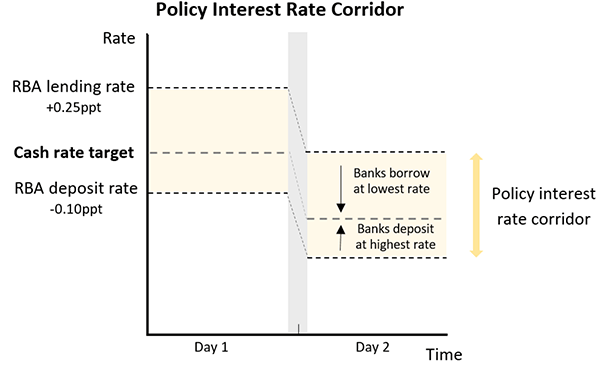Floor Rate Meaning In Banking

Ceiling refers to the highest price the maximum interest rate or the largest of some other factor involved in a transaction.
Floor rate meaning in banking. They are most frequently taken out for periods of between 2 and 5 years although this can vary considerably. 2 a guaranteed lowest level for an interest rate. That s because banks don t advertise them. An interest rate floor reduces the risk to the bank or other party receiving the interest.
For example an adjustable rate mortgage may have an interest rate floor stating that the rate will not go below 3 5 even if the formula used to calculate the interest rate would have it do so. This change in rate helps determine the ease of. An interest rate floor is an agreed upon rate in the lower range of rates associated with a floating rate loan product. It is the opposite of an interest rate floor.
The maximum level permissible in a financial transaction. The rate floor language added to the end of the definition typically says but if this rate is negative libor shall be zero for purposes of this credit agreement. An interest rate ceiling is the maximum interest rate permitted in a particular transaction. An interest rate cap is a derivative in which the buyer receives payments at the end of each period in which the interest rate exceeds the agreed strike price an example of a cap would be an agreement to receive a payment for each month the libor rate exceeds 2 5.
Assessment rates or floor rates aren t known to the general public so it can be very easy for applicants to fail the bank s serviceability test. What is a floor. The minimum interest rate that may be charged on a contract or agreement. There are several meanings for a floor in finance.
Interest rate floors are utilized in derivative. The interest rates on various credit products such as credit cards car loans and adjustable rate mortgages fluctuate based on the interbank rate. A floor may refer to.
:max_bytes(150000):strip_icc()/strategy-4086857_19201-23485cf7c4bf4dbbb95c93f267285f16.jpg)

:max_bytes(150000):strip_icc()/GettyImages-180734345-ec5247651d704f57a7117eee952be492.jpg)












































